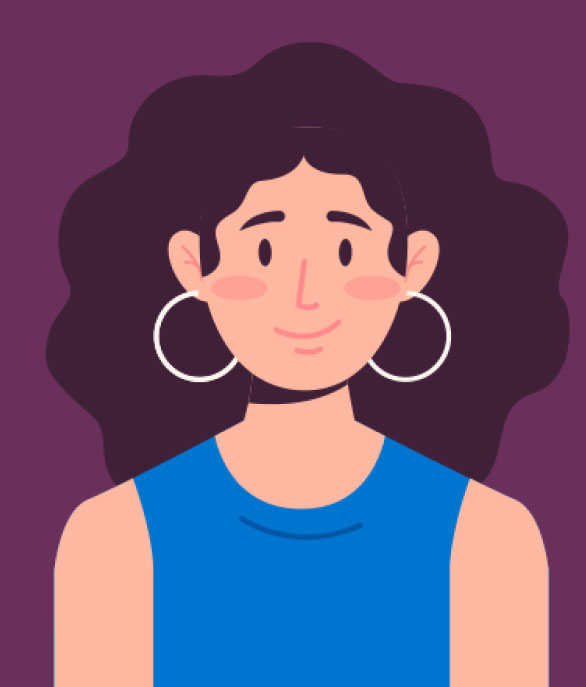In this episode of the Kidney Stone Diet podcast, Jeff Sarris and Jill Harris discuss the relationship between pasta consumption and kidney stones, focusing on the oxalate content in different types of pasta. They emphasize the importance of portion control and incorporating vegetables into meals. The conversation also touches on the role of carbohydrates and sugar in kidney health, and the significance of community support in making lifestyle changes for better health outcomes.
Takeaways
- Pasta can be consumed in moderation, even whole wheat.
- Whole wheat pasta has higher oxalate levels than white pasta.
- Portion control is crucial when eating pasta.
- Incorporating vegetables into pasta dishes is beneficial.
- Regular pasta is lower in oxalate than whole wheat pasta.
- Chickpea pasta offers protein and fiber benefits.
- Carbohydrates are not counted as sugar in the kidney stone diet.
- Community support is vital for lifestyle changes.
- Weight loss can be a significant outcome of dietary changes.
- Feeling isolated during health challenges is common, and support helps.
00:00 Understanding Pasta and Kidney Stones
04:48 The Role of Carbohydrates and Sugar in Kidney Health
06:44 Community Support in Lifestyle Changes
Did Pasta Give Me Kidney Stones?
Did pasta give me kidney stones? Let’s talk about that.
It’s not an ingredient. Like sometimes we’ll talk about specific ingredients, but it is an entire category that really encompasses so many different things. Yep, it’s interesting. Well, somebody listening maybe night. No it’s not but it is it is interesting. This is and I wanted to do this because it is common.
Of Course You Can Have Pasta
“Jill I can’t eat spaghetti no more.” Yes of course you can. So Harvard studied now specifically folks whole wheat pasta. Whole wheat has a little, has more oxalate than refined white pasta. So whole wheat pasta one cup has 46 milligrams of oxalate. And if you’re just having the plain pasta, one cup has 16.5 milligrams. So a little more, a little less than half, a little more than half, whatever. Shut up, Jeff. Anyway, so whole wheat pasta is higher in oxalate. But does that mean you can’t have pasta, whole wheat pasta? Of course you can. You could say, “I don’t want to waste 46 milligrams of oxalate out of my hundred in my bank account. I don’t want to waste 46 milligrams of oxalate on whole wheat pasta. I’m just gonna have the regular pasta for only 16.” You can do that.
The Real Issue: Portion Size
But the bigger picture is to have pasta, most of you, most of you are not only eating one cup of pasta. They may do that in Italy, but we here in America, we eat probably two or three cups of pasta as a serving. And so pasta, those calories add up, okay? So I’m looking at pasta diabetics, can’t deal with pasta, too carby, but I think the bigger picture here is not just the oxalate, but how much pasta are you having? If you really wanted some whole wheat pasta, we always are portion not perfection at Kidney Stone Diet, you can have it. I’d also like you to have, maybe you want to put some vegetables in there, especially if you’re trying to eat healthier. It’s a great way, even for kids, it’s a great way to put some vegetables also into your meal, not just eat whole wheat pasta. There’s not a lot of nutrition going on in there.
Add Vegetables to Your Pasta
Now, I’m always trying to sneak vegetables onto your plates because most of you are not eating the amount of vegetables that you should each day, which the minimum is three cups. So I’ll tell people, have your veggies, not a problem. With your pasta, I’m sorry, have pasta, put vegetables in it. And if you’re having the whole wheat, make sure you’re coupling that with calcium, whether it’s non-dairy or dairy, and to lower that oxalate. But certainly you can have it. Now remember though, if you’re having three cups, you’re having over your 100 milligrams of oxalate, so that’s gonna break your budget. So portion not perfection when it comes to whole wheat pasta. Regular pasta is a lot lower in oxalate. Whenever you eat pasta, I would love for you to put some vegetables in there, red pepper, onion, broccoli, all of these things are lower in oxalate. Please do that. Tomatoes, I know that’s a fruit, but you know what I’m saying. Also remember, sauce will increase your oxalate level, but it doesn’t mean you can’t have tomato sauce. You can, they studied it, Harvard studied it. Look it up on your list.
We still we did a lot of shows, Jeff, so I’m getting tired. I’m just saying that. So the bottom line is you can have whole wheat pasta. Watch your portion of it because you may say, “Jill, I’m going to have all low oxalate for the rest of my meal. I’d rather have, you know, a cup and a half.” OK, get some vegetables in there. Have it with some calcium. Not a problem. Don’t eat pasta every single day, folks, because that oxalate adds up quickly. Get your calcium needs met. Know that regular pasta is a lot lower than whole wheat pasta.
Other Pasta Options
And then you have other pastas like chickpea pasta. You get some protein with that and some fiber. I personally, if I’m having pasta, I don’t eat a lot of pasta, even though I’m Italian woman. I don’t because it has the oxalate. And it’s just not the healthiest food. I’d rather have other foods than that. If I do have pasta, I always stick vegetables in it because I want some fiber in there. But I use chickpea pasta. Harvard did not study that. But you know, I have a normal portion size. I’m not worried about it. And then I get some fiber and protein to slow that, you know, insulin spike that I may get. So that’s my take whole wheat spaghetti. Harvard studied it almost 50 milligrams for one cup. Most of you are not just having one cup of pasta. So portion not perfection. Mind you.
Yeah. So when it comes to other the other goals. So obviously pasta is high in carbs. And there is a sugar goal. Yeah, connect that at all when you sort of look at it.
Carbs vs. Added Sugar Goals
No, but I’m glad that you brought it up because a lot of people ask that. Sugar we have a goal on the kidney stone diet of 25 grams of added sugar for women, 38, it’s 37.5, but I just give them the extra half, 38 grams of added sugar for men. But carbs we do not count as sugar so you can have carbs on the kidney stone diet. But for diabetics who are counting carbs or your sugar and carbs, that’s your own thing. So we don’t have goals for it at the kidney stone diet because that’s really not going to affect kidney stones unless there’s oxalate in it or you’re just overeating carbs and obesity folks can also increase your kidney stone risk. And so also if you’re a diabetic that can increase your kidney stone risk. So we do not put that as goals specifically to lower your kidney stone risk, but everybody should not be overeating carbs in general period.
The Community Aspect
Yeah, and that’s a big part, too, is the weight loss with everything because Jill does work private consults with people and also group consults within the all access pass at kidneystonediet.com. You actually get access directly to Jill. But you’ve brought it up before that a lot of that you start with kidney stones. But then what’s next is overall healthy lifestyle, weight loss, diet or weight gain, but whatever someone needs.
Absolutely. In our group accountability calls, which is part of the all access membership, there’s a lot of people that stay on there. They lose 50 pounds, 70 pounds, 100 pounds in that group and they stay there because it’s so cheap, the membership, you know, and it’s a good group accountability. We have it three times a week and it’s things like, you know, we’re not just talking about kidney stones in there. It’s like a little family. You know, maybe somebody has, they’re dealing with their mother who’s dying and they’re not eating enough or they’re overeating and it’s just a place where you could say, “Look, what’s going on guys? I need help going through this phase” and we’re there to motivate and support and love.
That is a very cherished program for me personally. I just love it because you really get to know people and that you get to hear wonderful things and and also you just become part of their life and you share their journey and you become friends. We’re just truly a family in there. I love our group calls. Love them.
Yeah. A supportive community is so important.
Yes.
Especially when we’re making major life changes. And this is one like we might think of major life changes as maybe marriage. Yeah. Family and things but lifestyle is huge because this is our health and like we don’t want pain anymore.
Life Gets in the Way Sometimes
Yes. And you know, even people in the group, they’ll, you know, they’ll gain 30 pounds back and they’re like, “Look, you know, I can’t believe that this has happened.” That’s part of any kind of change. Lots of times we’re going three steps forward and they were going 14 steps back because life gets in the way of our lifestyles. And we all know that if you travel a lot, like I said, a lot of us who form kidney stones are at the age where we have parents that are very ill, old, and we’re taking care of them, and we still have kids around. It’s a really hard, it’s a hard time in life, and it’s very hard to take care of ourselves when we’re going through traumatic times. So that group is really important because it just keeps us on track, and you just don’t feel alone. I think it’s really important from somebody who’s been really sick in their life.
It’s very easy to feel isolated and alone when you’re sick and kind of like nobody understands. So that group is as important to me as it is to everybody else in there.
Yeah. Well, I think with that we’ll wrap and we will see you next week.
Bye everybody.














Leave a Reply